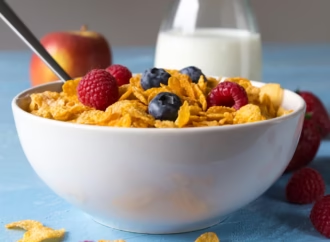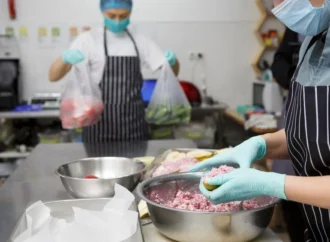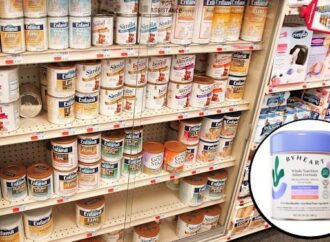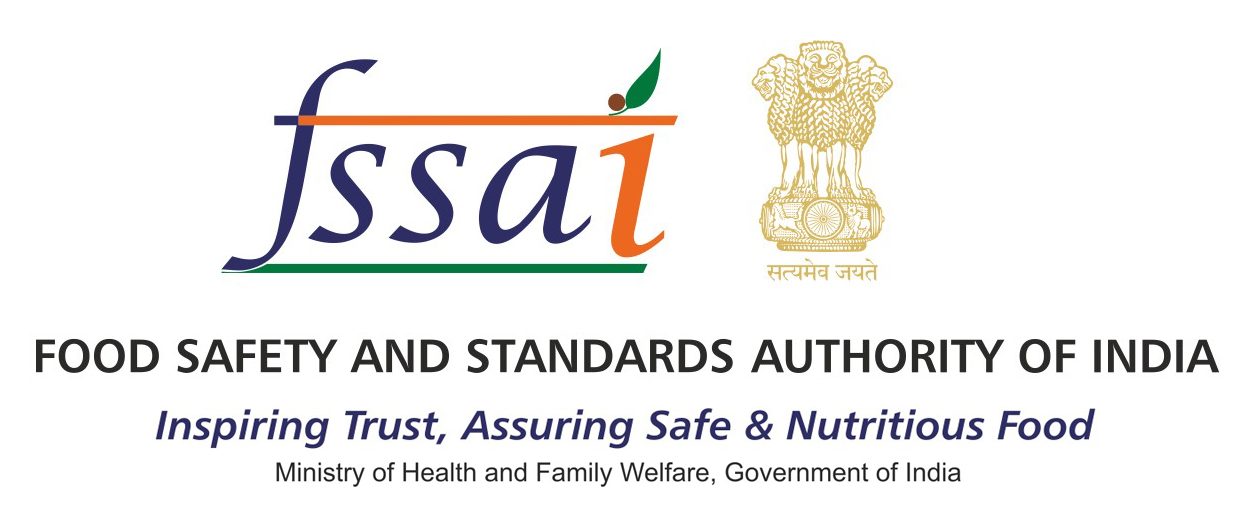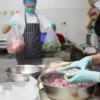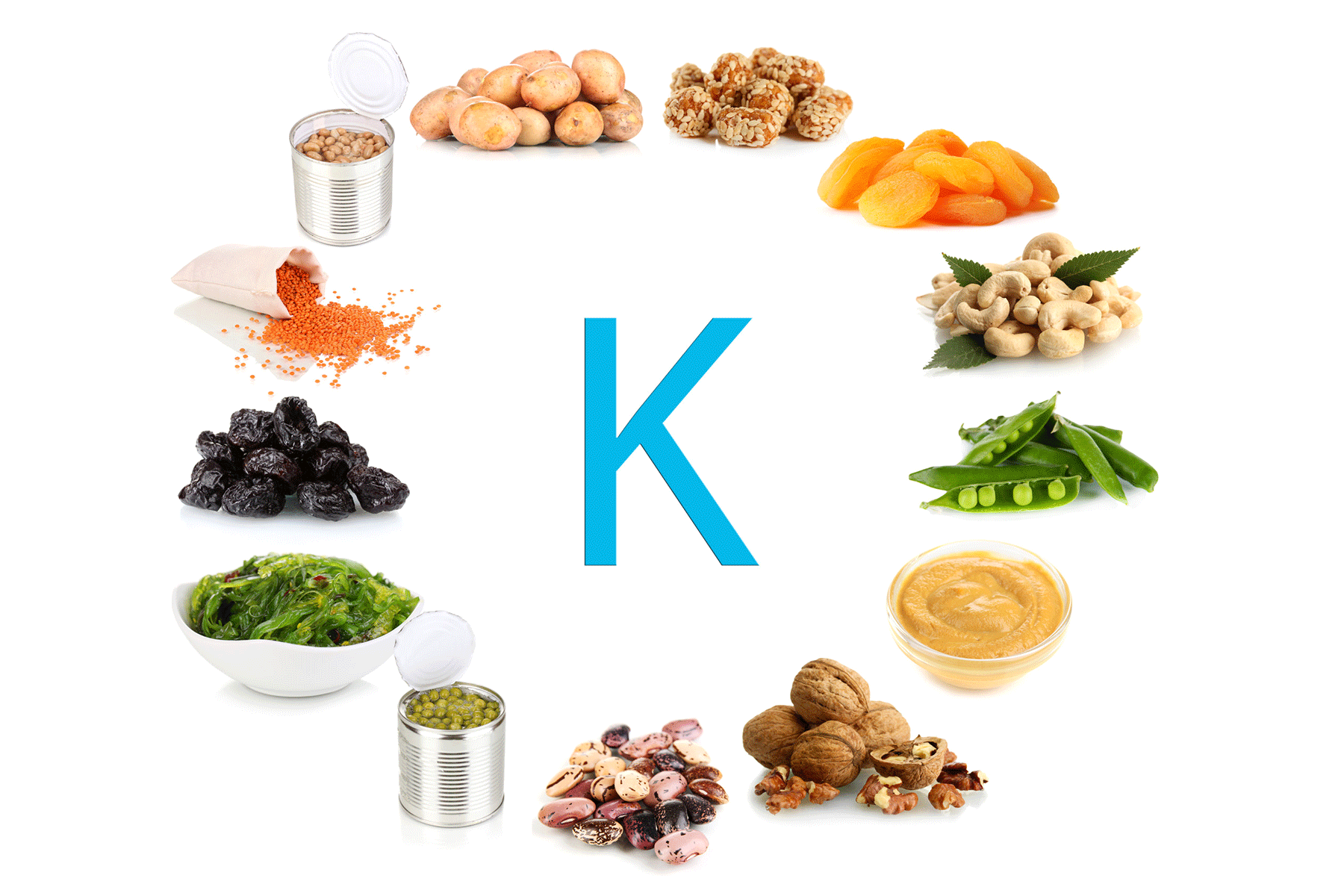Report
As temperatures rise, so does our craving for juicy, hydrating fruits like watermelon and muskmelon. But with the seasonal demand comes a serious concern — fruit adulteration. In a recent crackdown across Tamil Nadu, the Food Safety and Standards Authority of India (FSSAI) seized and destroyed over 2,000 kilograms of chemically adulterated watermelons.
Viral videos on social media show disturbing scenes of watermelons being injected with artificial sweeteners, preservatives, and colour-enhancing chemicals. One such video, shared as part of a social experiment, shows a man directly injecting chemicals into a watermelon, making it adulterated, raising concerns about the safety of what we eat.
How to Spot Chemically-Coloured Watermelons
FSSAI recommends a simple cotton ball test to check for artificial colouring. Cut the watermelon in half and gently rub a cotton ball over the red flesh. If the cotton stays clean, the fruit is natural. If it turns red, that’s a warning sign of chemical adulteration. You can also try rubbing a white tissue or paper — any colour transfer indicates possible contamination. Another method involves soaking a slice of watermelon in a glass of water. If the water changes colour, the fruit likely contains added dyes.
Harmful Chemicals in Adulterated Watermelons
Vendors often use chemicals to make watermelons appear redder, sweeter, and fresher for longer. One such dye is erythrosine B, a red food colour linked to side effects like nausea, vomiting, diarrhoea, skin rashes, dizziness, and even thyroid issues. For other fruits, sellers may use calcium carbide to artificially ripen them. This chemical releases acetylene gas, which mimics natural ripening. Unfortunately, this gas can contain phosphorus hydride and arsenic, both of which are toxic. They can cause symptoms like vomiting, headaches, memory loss, skin ulcers, and even neurological problems.
How to Choose a Naturally Sweet Watermelon
Protect yourself and your family by choosing watermelons wisely:
-
Pick round ones – they’re usually sweeter. Oblong ones tend to be more watery and bland.
-
Look for a dark, dull rind – shiny watermelons are often underripe.
-
Check the field spot – a deep orange patch on the peel means it’s ripe and flavourful. A white or pale spot? Likely tasteless.
Source: Business Standard
 Food Manifest
Food Manifest 
